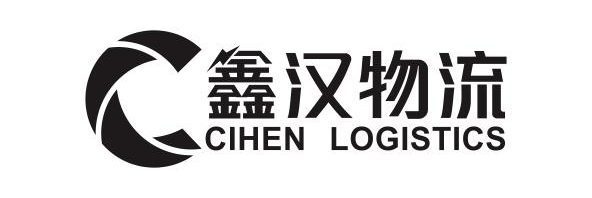First leg: refers to the transportation process of goods from the source to the receiving location.Final delivery: refers to the delivery process of goods from the receiving location to the end user.Simply put, the first leg is the process of transporting goods from domestic warehouses to overseas warehouses, while the final leg is the process of delivering goods from overseas warehouses to consumers. For example, a Chinese cross-border e-commerce seller ships goods by sea to an Amazon FBA warehouse in the United States, and then delivers them to American consumers through Amazon’s final logistics. In this process, the sea freight from China to the United States is the first leg, and the delivery from the FBA warehouse to consumers is the final leg.FBA Head CourseThe characteristics of the first and last stagesDistance: The first journey typically involves a longer distance and may require crossing national borders, intercontinental boundaries, or oceans. The final journey usually involves a short distance and is usually carried out within the destination country.Time: The first journey usually takes a long time, which may take several days, weeks, or even months. The final stage usually requires a relatively short time, usually completed within a few hours, days, or weeks.Cost: The first journey usually requires a higher cost, mainly composed of transportation costs, tariffs, insurance fees, etc. The final process usually requires lower costs, mainly composed of delivery fees, warehousing fees, etc.Risk: The initial journey usually faces higher risks, which may involve issues such as damage, loss, delay, customs inspection, etc. The final process usually faces lower risks, mainly issues such as returns and exchanges of goods, complaints, etc.Service: The first journey usually requires a high level of service, requiring the goods to arrive safely, on time, and completely at the destination. The final stage usually requires high service quality, requiring goods to meet consumer needs, satisfaction, and experience.The importance of the first and last stagesHelp sellers choose the appropriate logistics method: Different logistics methods have their own advantages and disadvantages. Sellers need to consider various indicators of the first and last stages based on their product characteristics, market demand, cost budget, and other factors, and choose the most suitable logistics method for themselves. For example, if the seller wants to quickly capture the market, they can choose air freight as the first leg, but they need to bear higher costs; If the seller wants to save costs, they can choose sea freight as the first leg, but they need to bear a longer time.Assist sellers in optimizing supply chain management: Supply chain management refers to the effective planning, organization, coordination, and control of various links in the supply chain to achieve optimal cost-effectiveness and customer satisfaction. Sellers need to effectively monitor, analyze, evaluate, and improve the initial and final processes in order to improve the efficiency and flexibility of the supply chain, reduce supply chain risks and waste, and enhance the competitiveness and value of the supply chain.Helping sellers improve customer service: Customer service refers to various service activities provided by sellers to meet the needs and expectations of customers, including consultation, ordering, payment, shipping, after-sales, etc. Sellers need to effectively manage the first and last stages, provide accurate, timely, and complete logistics information, ensure the safety, quality, and quantity of goods, provide convenient, flexible, and personalized delivery methods, handle customer returns, complaints, and other issues, and enhance customer trust, loyalty, and satisfaction.Comparison between the first and last stagesCharacteristics: First and last stagesDistance lengthTime durationCost levelRisk levelService level qualityThe first and last mile are two important concepts in cross-border logistics, which respectively refer to the transportation process of goods from the supply location to the receiving location and the distribution process of goods from the receiving location to the end user. The first and last stages have different characteristics in terms of distance, time, cost, risk, and service. Sellers need to choose appropriate logistics methods based on their own situation, optimize supply chain management, and improve customer service.
